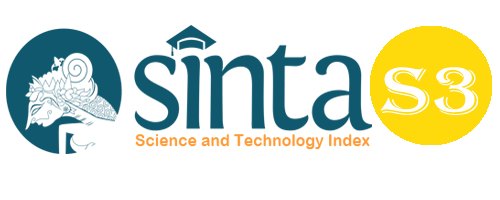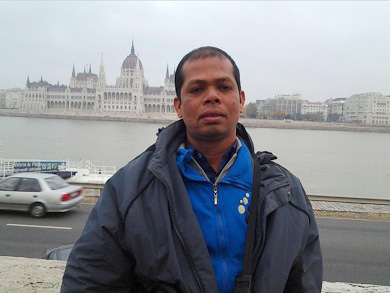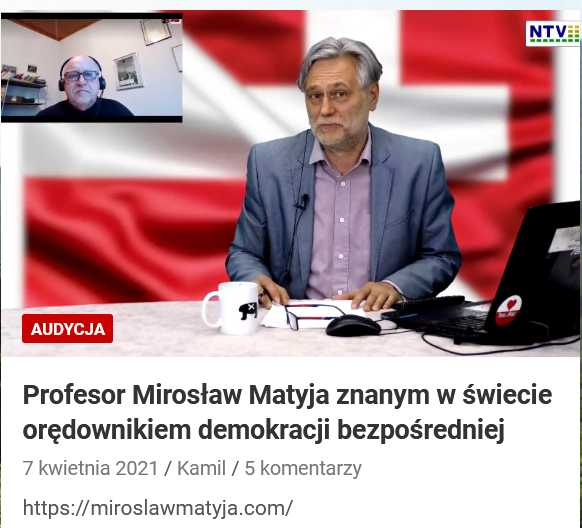Reproduction of Batak Manuscript for the Purposes of Revitalizing Local and Commercial Wisdom in Samosir Regency, North Sumatera Province
Abstract
Pustaha laklak is a handscrift or manuscript from Batak that uses tree bark as its medium. The writing in this pustaha laklak uses Batak script or also called the Batak letter. Batak letter has special technicalities in its writing. And this writing system is also closely related to the culture and local wisdom of Batak people. The relationship between the Batak script and the Batak customs is too close, so that efforts to obtain and possess these old texts continue to be carried out. One of the efforts undertaken by the community in Samosir Regency is to copy back the old manuscripts. This activity is part of the reproduction of the manuscript. However, this copying activity was carried out not solely for the purpose of saving the manuscript. However, commercial interests tend to be motivated because the texts are traded as souvenirs for local and foreign tourists. The right approach taken in this study is the approach of philology and local wisdom. Djamaris (2002: 3) said that philology is a science that makes old texts as the object of writing. Manuscript reproduction is an object of philology while the text or all messages contained in the manuscript is a form of local wisdom of the Toba Batak people. The research method used is the single manuscript edition method. Tomok Village and Tuktuk Siadong Village are suitable locations to be used as research sites because these two villages are closely related to the reproduction of manuscripts for commercial purposes for local and foreign tourists. Based on the studies conducted, it can be seen that copying is always done. Every writing of a manuscript, the writer refers to the manuscript that becomes the reference. The copying process is according to requests from what people need. The mistake that tends to be made is the use of child letter and parent letter, especially for child letter / i / and / u /.
Keywords
Full Text:
PDFReferences
Djamaris, Edward. 2002. Metode Penelitian Filologi. Jakarta: CV Manasco
Sitanggang, JP. 2008. Raja Na Pogos. Institute of Batakology, Yayasan LPB3-Indonesia.
Siahaan, Nalom. 1982. Adat Dalihat Natolu Prinsip dan Pelaksanaannya. Jakarta.
Warneck, J. 2012. Kamus Batak Toba—Indonesia. Medan: Bina Media Perintis
Baried, Baroroh,dkk.1994. Pengantar Teori Filologi. BPPF. Yogyakarta.
Tambunan, E.H. 1982. Sekelumit Mengenai Masyarakat Batak Toba dan Kebudayaannya Sebagai Sarana Pembangunan. Bandung: Tarsito.
Sibarani, Robert. 2012. Kearifan Lokal, Hakikat, Peran, dan Metode Tradisi Lisan. Jakarta: Asosiasi Tradisi Lisan.
Robson, S.O. 1994. Prinsip-prinsip Filologi Indonesia. Jakarta: Pusat Pembinaan dan Pengembangan Bahasa.
Kozok, Uli. 1999. Warisan Leluhur Sastra Lama dan Aksara Batak. Jakarta: EFEO dan Kepustakaan Populer Gramedia.
_________. 2009. Surat Batak. Sejarah Perkembangan Tulisan Batak Berikut Pedoman Menulis Aksara Batak dan Cap Si Singamangaraja XII. Jakarta: EFEO dan Kepustakaan Populer Gramedia.
Sinaga, Djasmen Maruli Tua (Budayawan). 2006. Surat Batak Menuju Surat Indonesia. Medan: Sumatera Utara.
Tim Penyusun Kamus Pusat Pembinaan dan Perkembangan Bahasa. 1994. Kamus Besar Bahasa Indonesia Pusat Bahasa Edisi Kedua. Jakarta: Departemen Pendidikan dan Kebudayaan dan Balai Pustaka.
Tambunan, E.H. 1982. Sekelumit Mengenai Masyarakat Batak Toba dan Kebudayaannya Sebagai Sarana Pembangunan. Bandung: Tarsito.
DOI: https://doi.org/10.33258/birci.v3i4.1443
Article Metrics
Abstract view : 134 timesPDF - 168 times
Refbacks
- There are currently no refbacks.

This work is licensed under a Creative Commons Attribution-ShareAlike 4.0 International License.

This work is licensed under a Creative Commons Attribution-ShareAlike 4.0 International License.

_.gif)

















_.gif)



